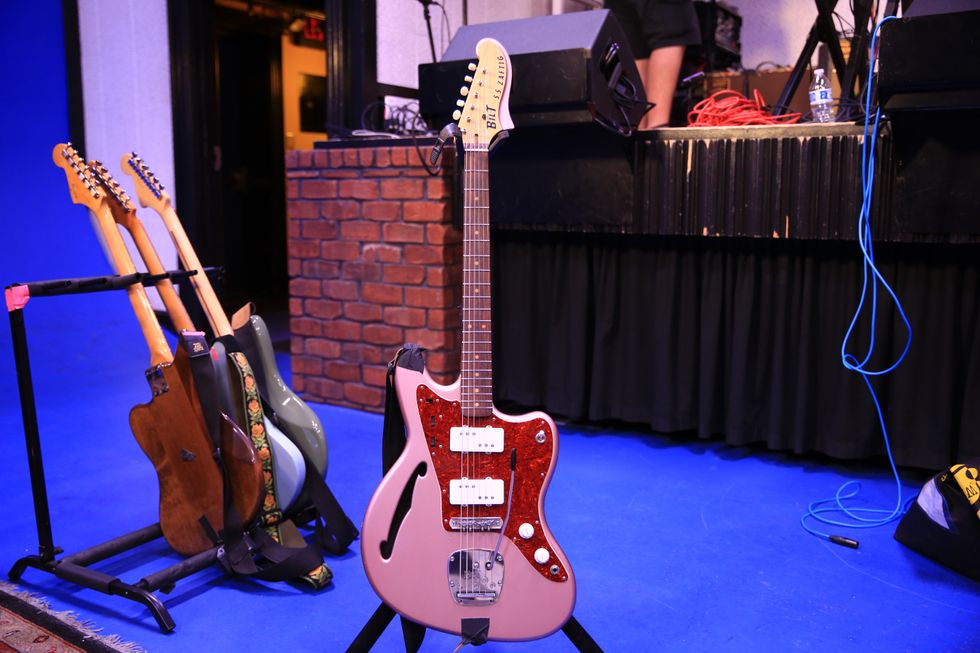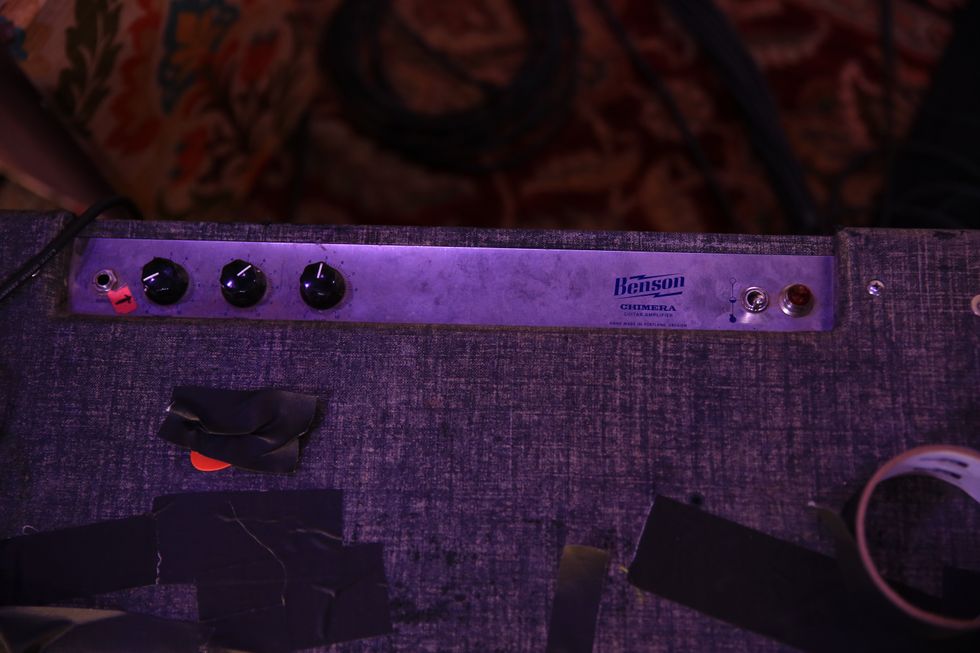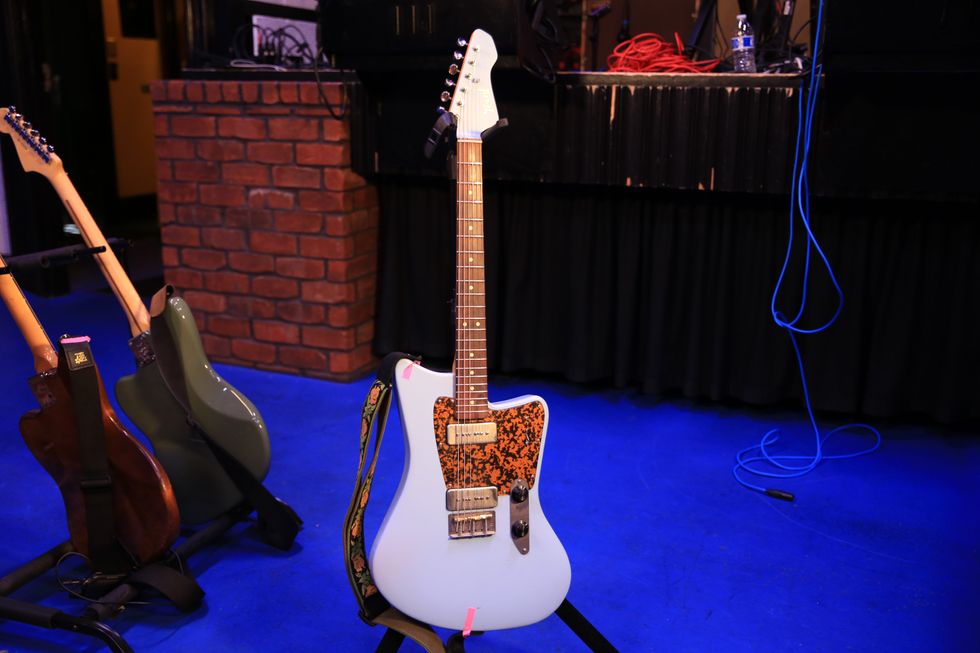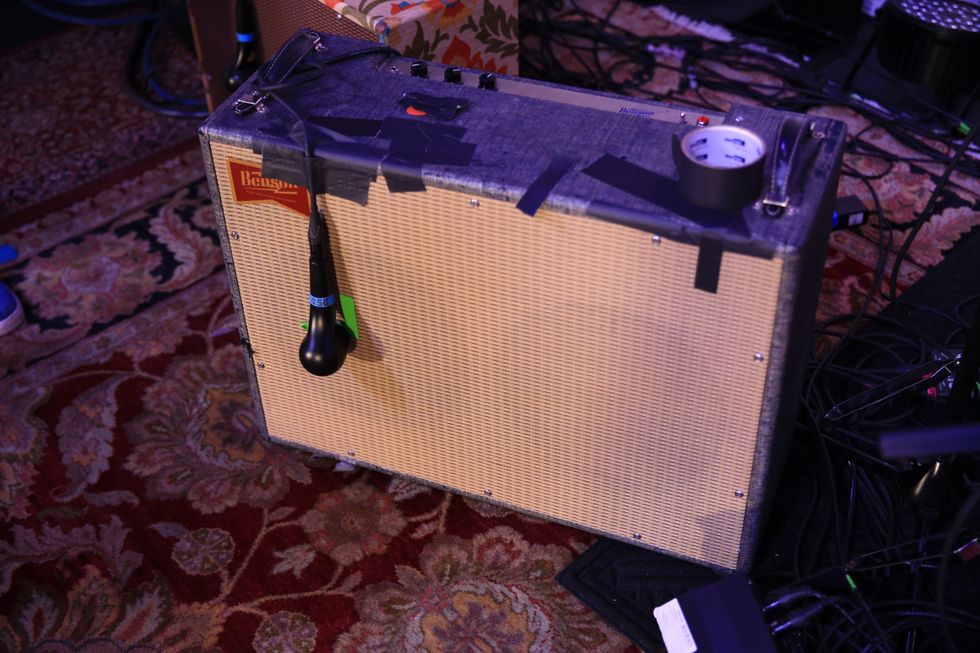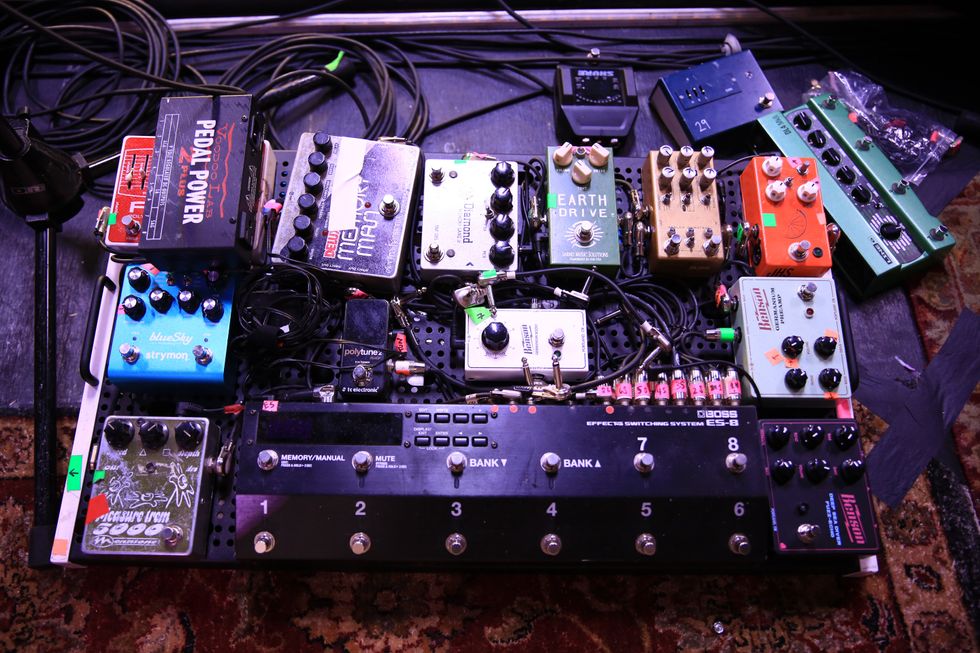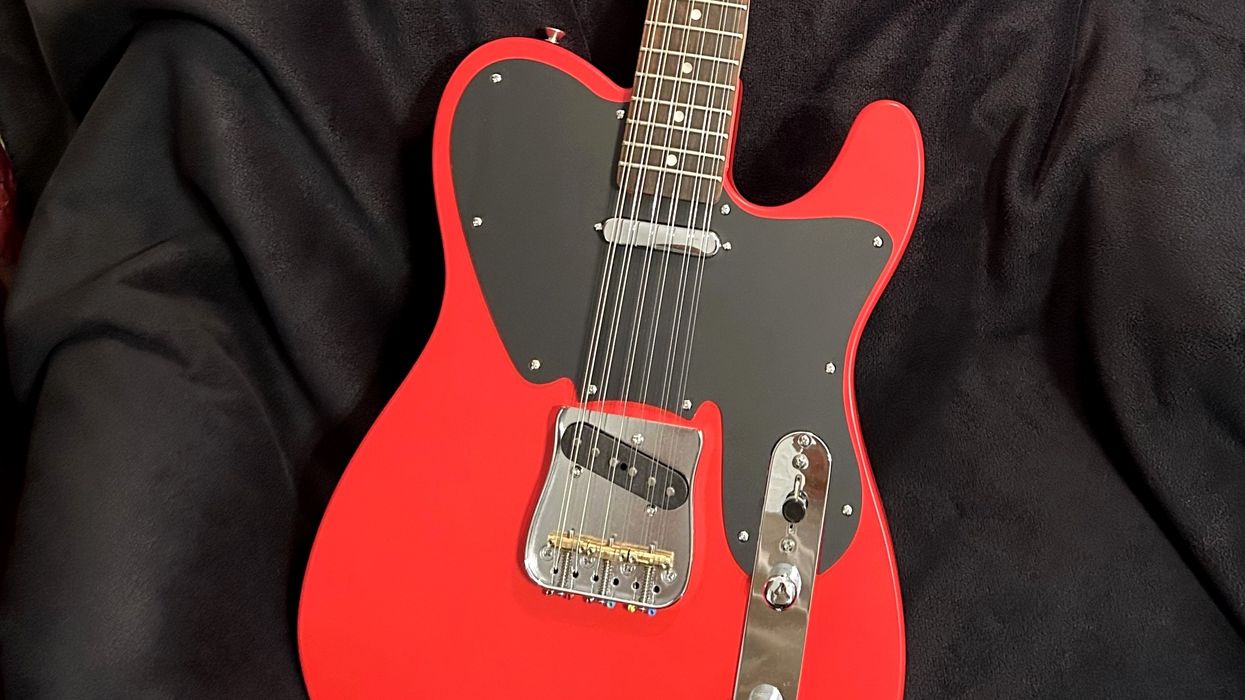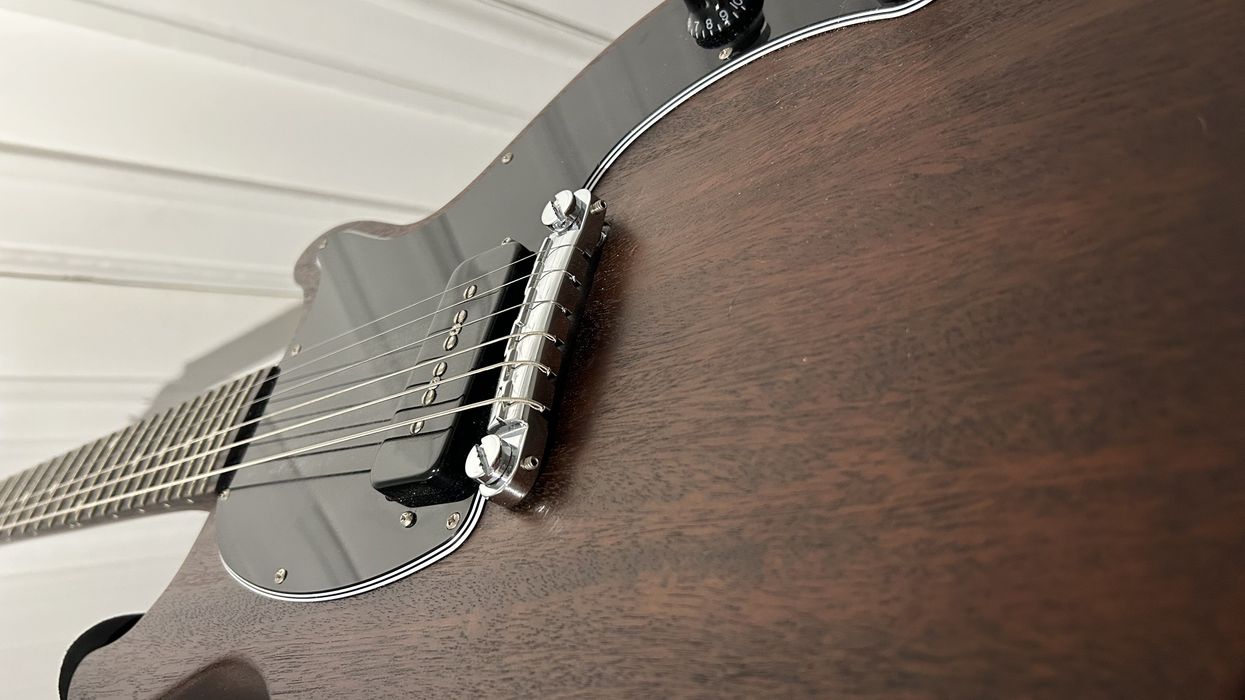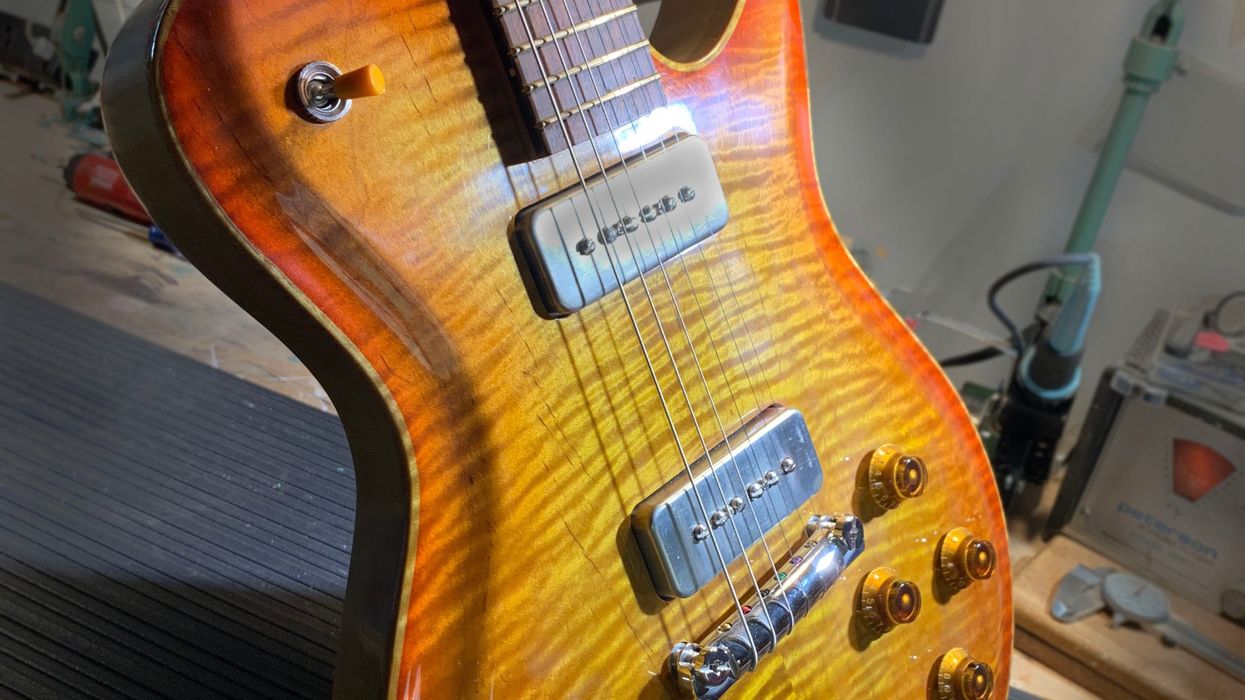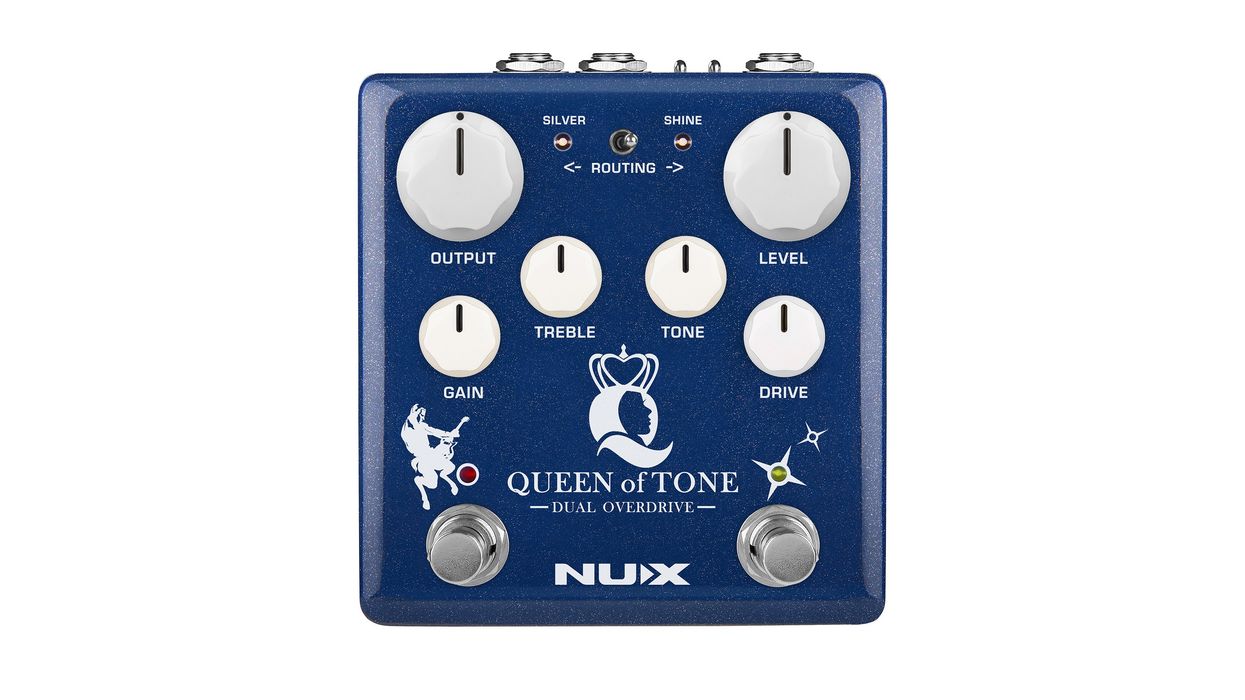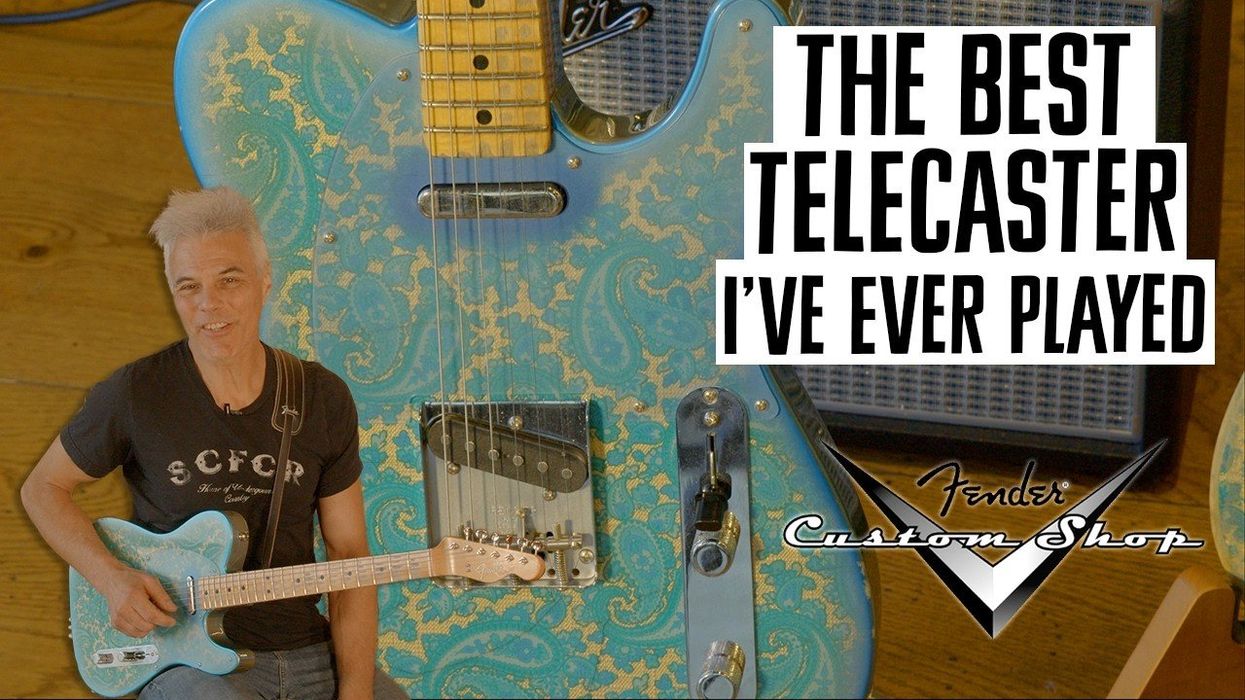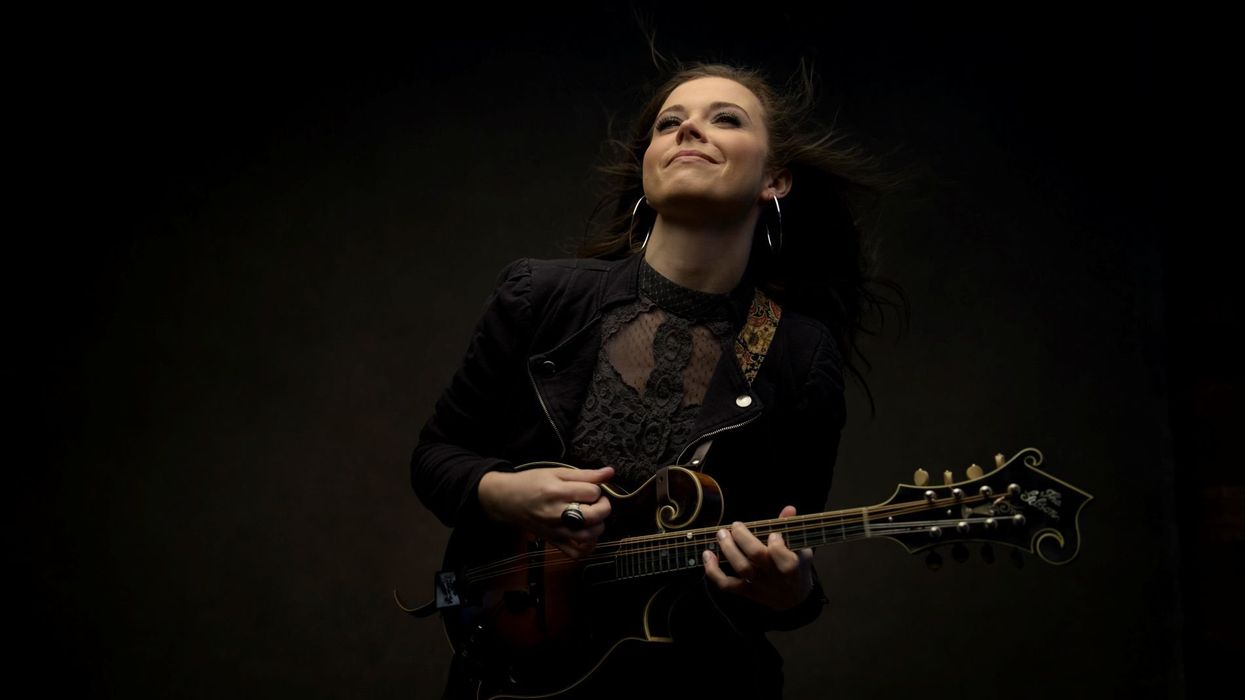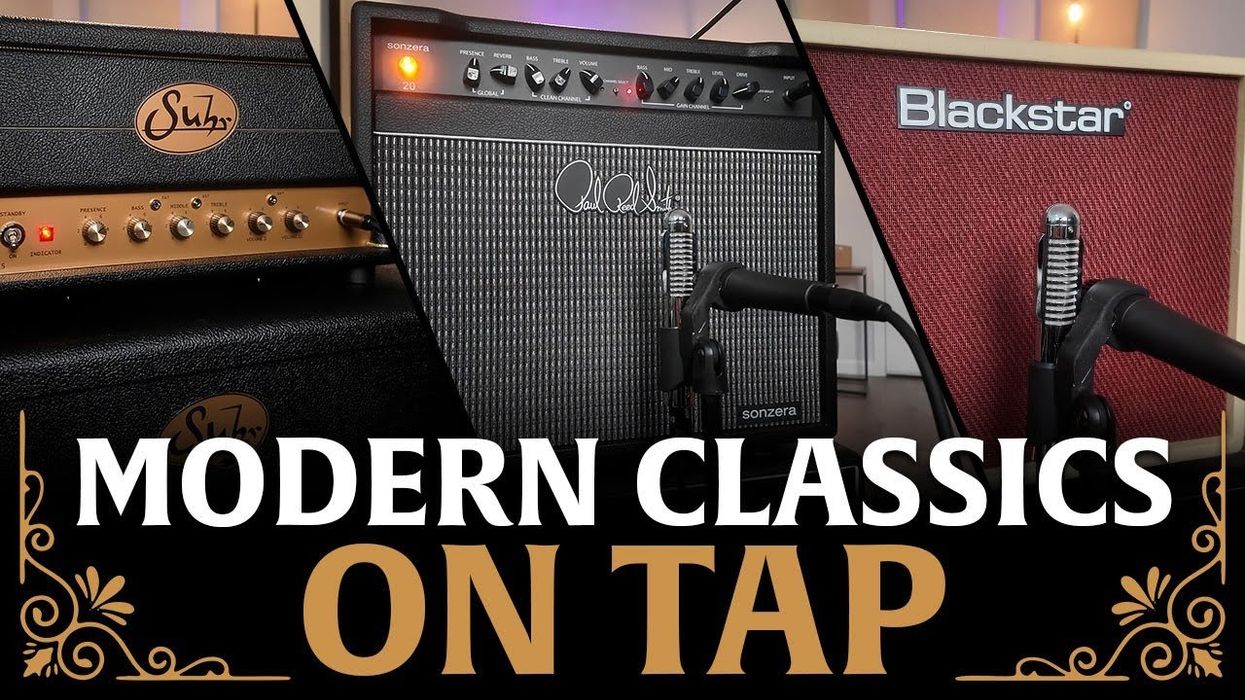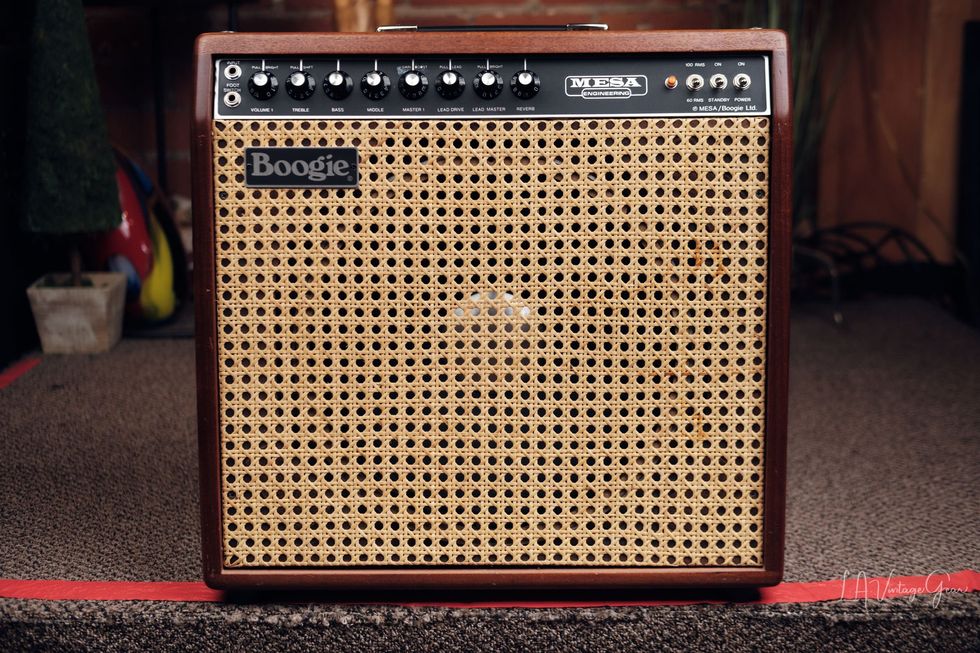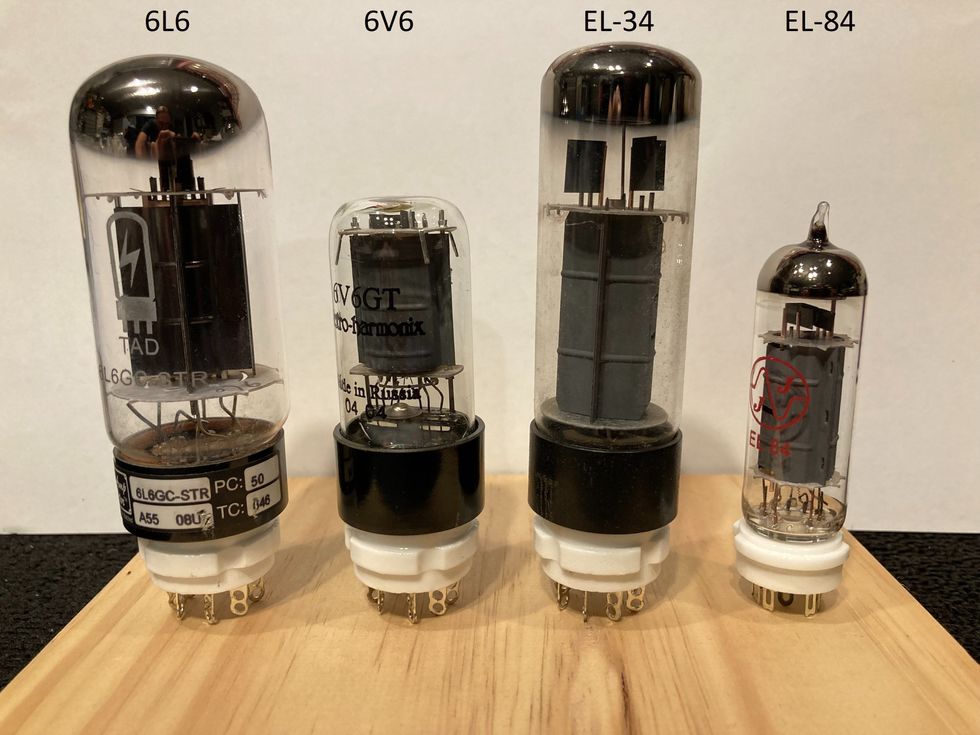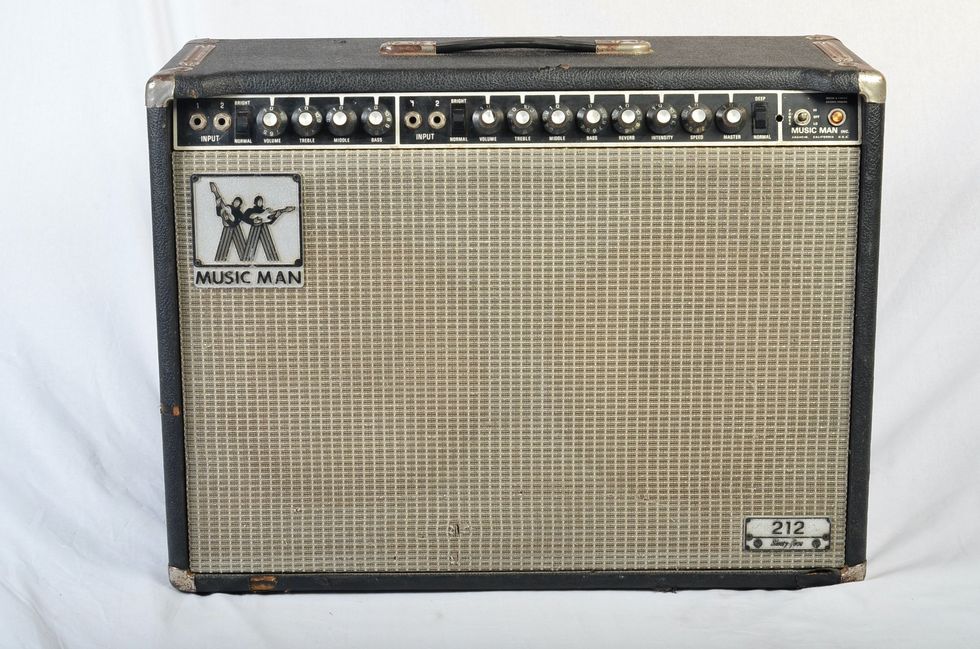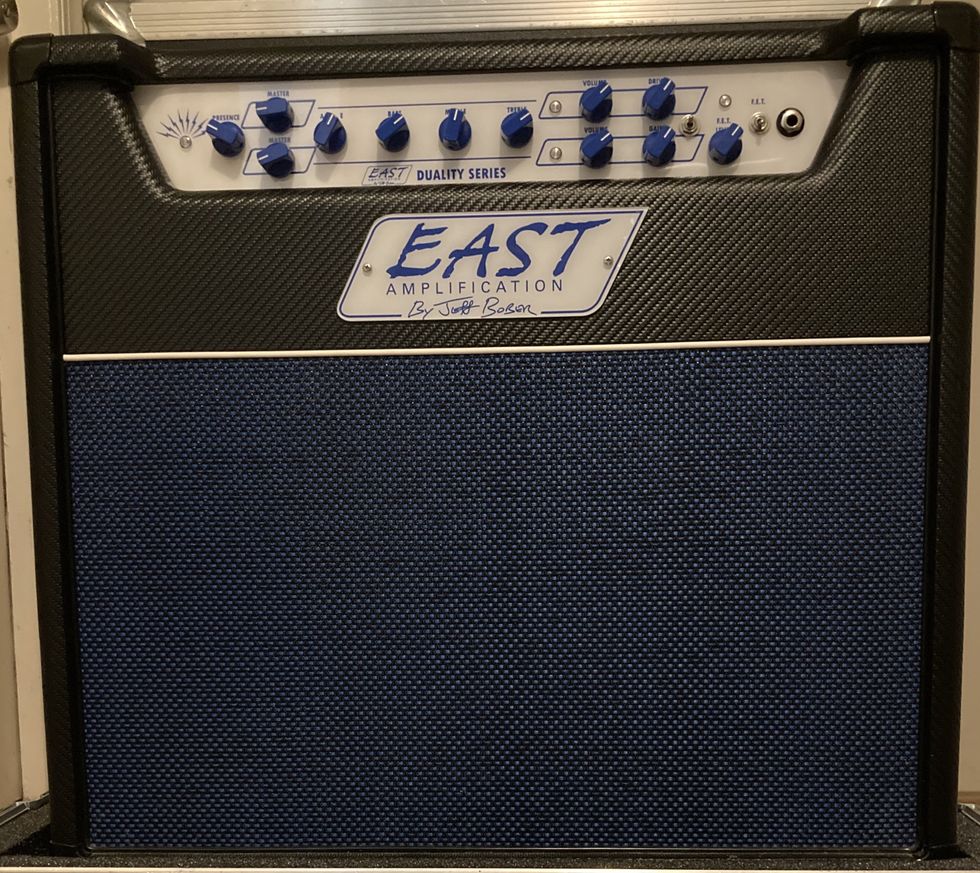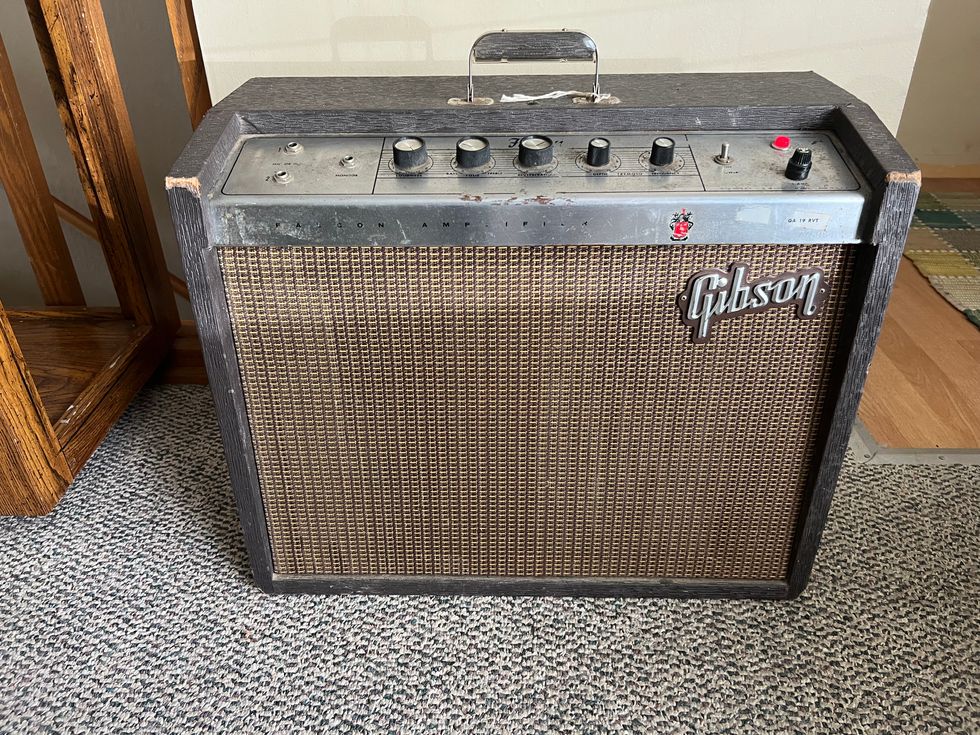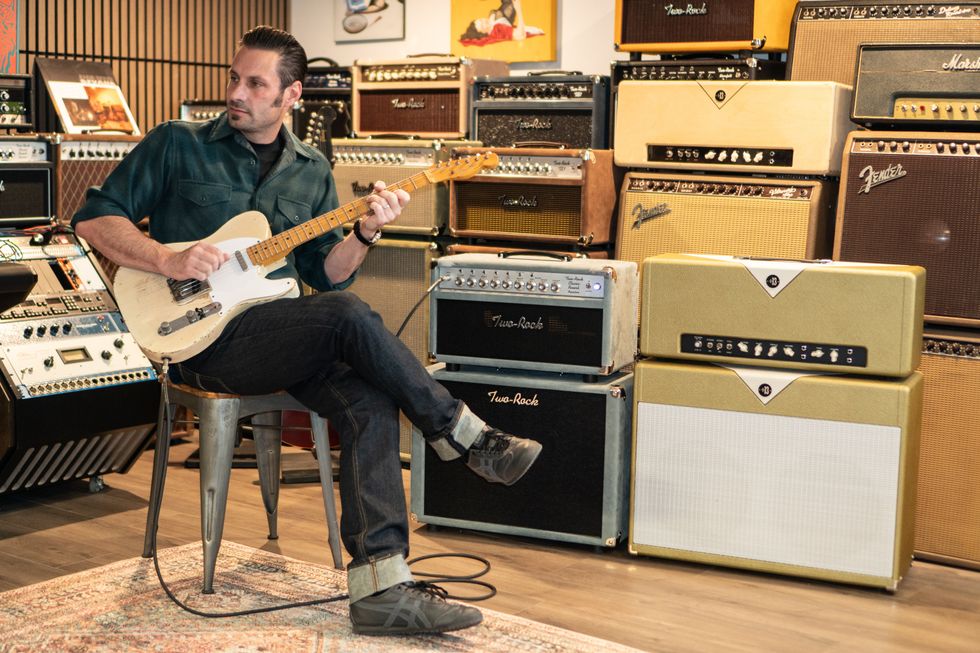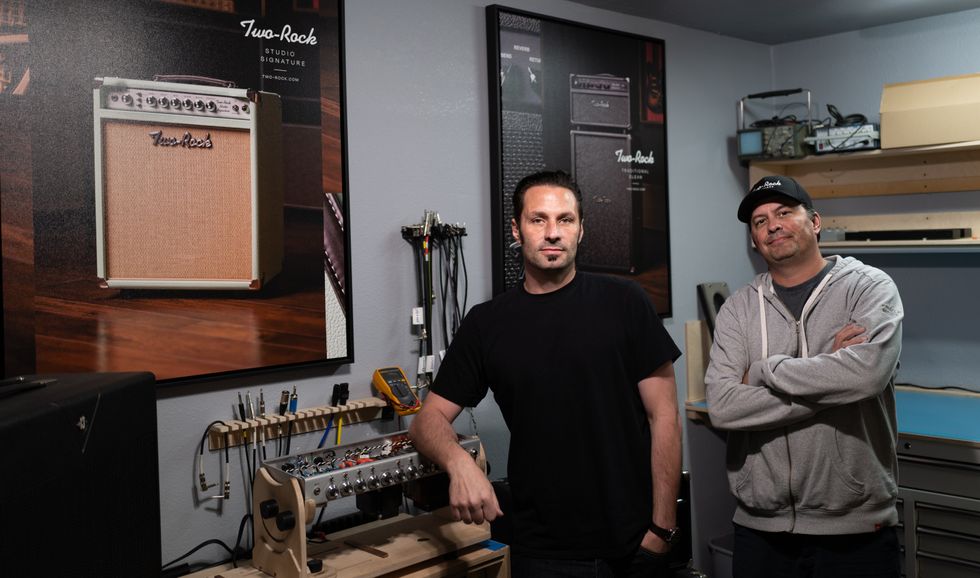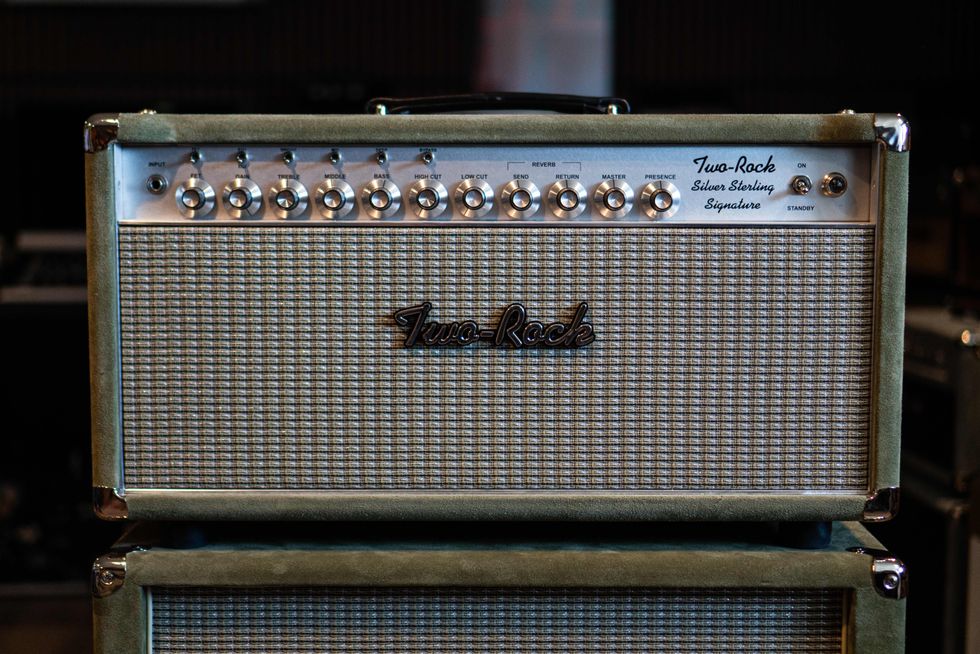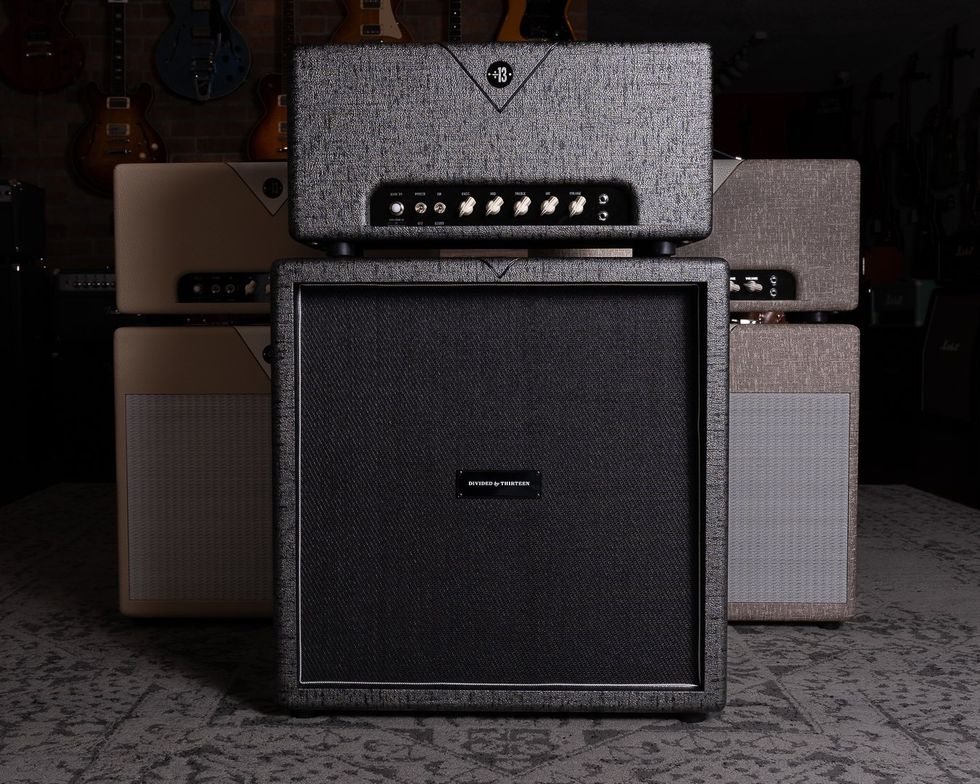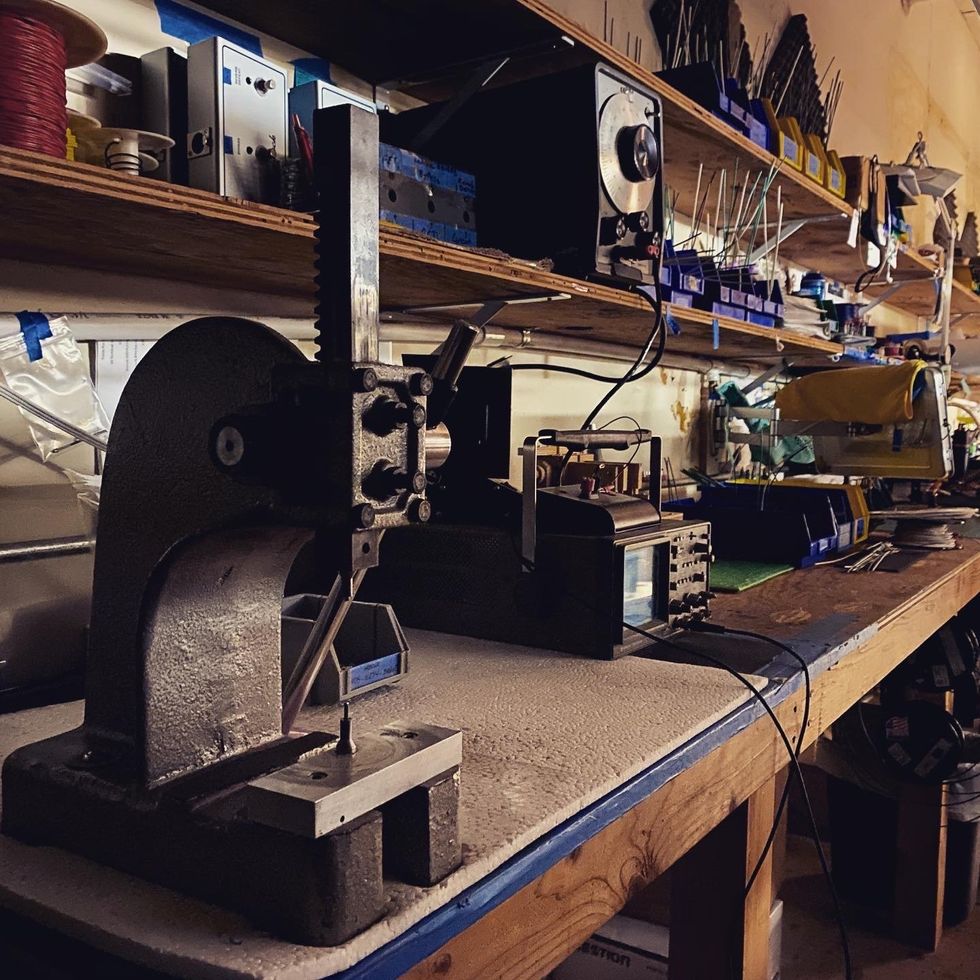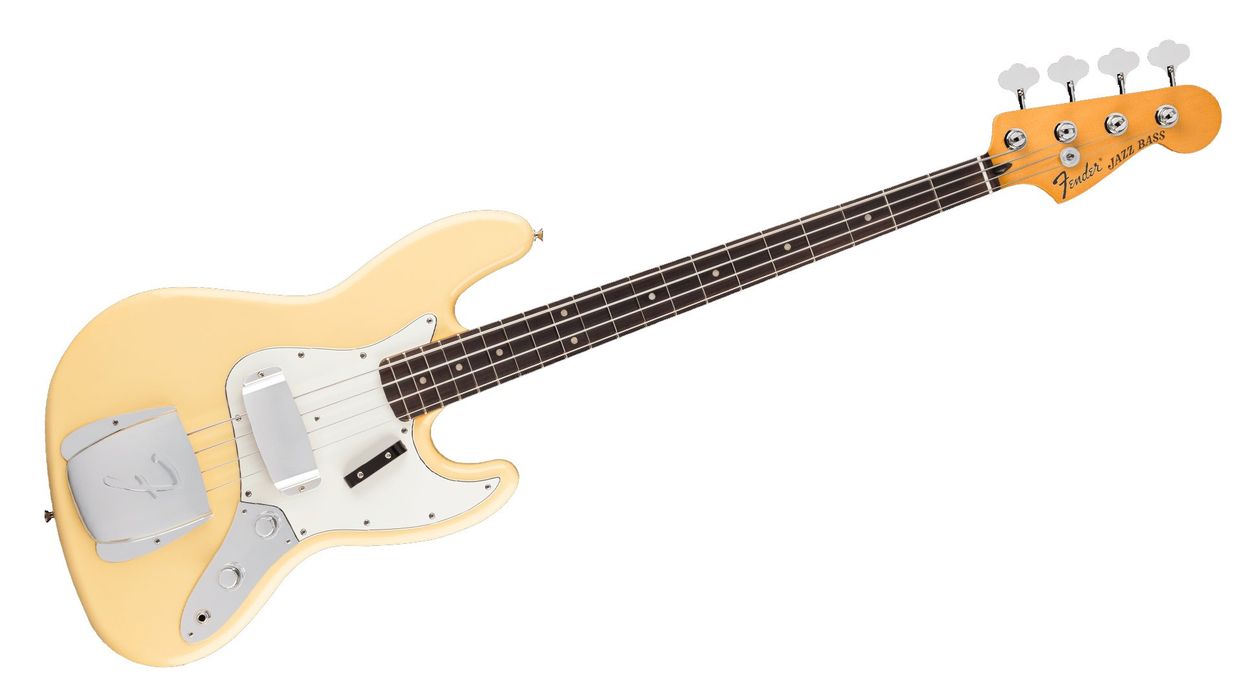For many months we've been investigating mods for the Fender Esquire. Our journey began in the May 2012 issue with “Fender Esquire Basics." From there we started tinkering with the Esquire's wiring and electronics, and even explored schemes for using humbuckers designed to fit a Tele bridge. In my prior column, we wrapped up a two-part investigation into the “ultra-flexible Esquire wiring" that yields nine switchable sounds from a single pickup.
Now let's conclude our Esquire odyssey by exploring Leo Fender's “two-pickup Esquire circuit," which was also the circuit in the early Broadcaster/Nocaster models. Also called the “Broadcaster blend circuit," this wiring is the transition circuit between the single-pickup Esquire and the Telecaster with its well-known dual-pickup configuration. The original circuit of the two-pickup Esquire/ Broadcaster was only used in 1950 and 1951, and today it's almost forgotten. But it's an important historical circuit and a really cool wiring, so let's bring it back to the light again.
Some background: Based on the success of Leo's single-pickup Esquire, it seemed logical to develop a model with two pickups. In the early '50s, “more is better" was an omnipresent part of the urban lifestyle. Other guitar companies already offered dual-pickup guitars, so Fender's sales manager Don Randall essentially forced Leo to come up with his own two-pickup model.
Leo began by borrowing the bridge pickup and circuit from his early lap-steel guitars, modifying them slightly to work in a two-pickup Esquire. With two pickups and a standard 3-way pickup selector switch, this circuit yields the following combinations:
• Bridge pickup with blend option engaged to allow the neck pickup to be added with no tone control.
• Neck pickup alone with the blend option disabled and no tone control.
• Neck pickup alone with 0.05 μF tone cap engaged and blend option disabled.
This seems like a strange wiring, but it's more versatile than it looks and it's part of the original Broadcaster sound. Leo also used a slightly modified bridge pickup from his lap steels, and these Broadcaster pickups differ significantly from the Telecaster bridge pickups we know today. They are louder and rawer with more punch, guts, and midrange, but they still remain snappy and twangy. If you're looking for this original tone, you can buy faithful recreations—just search online for “Broadcaster" and “Nocaster" pickups. Some makers offer another great choice for vintage tone: Fender steel-inspired pickups shaped like a Telecaster bridge pickup.
This transitional circuit consists of:
• Two 250k Ω pots, originally from the Stackpole company. One is a master volume, the other a blend control.
• A 3-way pickup selector switch, originally a CRL with the 1452 imprint.
• One 15k 0.5-watt carbon comp resistor, originally with a 10 percent tolerance.
• One 0.05 μF 150V DC paper-waxed tubular cap, originally from Wesco.
Modern clones of the pots and the 3-way switch are available, and you can also still get NOS carbon comp resistors (we use the Allen-Bradley type in the shop) and paper-waxed caps should be obtainable, too. The wattage of the cap and resistor is not that important (this mostly influences their size, not tone), so it's okay to use a 1- or 2-watt resistor instead of the 0.5-watt version, or a paper-waxed cap with more or less than a 150V DC wattage. If your goal is to strictly follow the vintage road, chances are good you can recreate a circuit that's very close to the original.
This circuit doesn't offer a standard tone control, so it's not a good choice for players who like to coax Roy Buchanan-inspired wah tones from their Esquires or Teles. But if you don't use your tone control a lot, or simply use it to take off a little top end when you're in the bridge position, this blend circuit may be all you need.
This wiring really starts to shine with the bridge pickup and blend option engaged. In this position, you can mix in as much or as little of the neck pickup as you like, using the tone knob as a blend control. There are some really nice blend tones in there you can't dial in with a standard wiring scheme, which is one reason why nailing old Broadcaster tones with a standard Telecaster can be so frustrating.
With the neck pickup alone and the 0.05 μF tone cap engaged, the tone is very dark and bassy—a preset “organ tone" Leo thought would encourage guitarists to play bass lines. Some contemporary jazz players like this dark tone, but if you want a clearer and more transparent sound, try a smaller value—0.022 μF, for example. You can also use a different type of cap and experiment with other values for the pots.
In closing, let's look at that single 15k Ω resistor on the 3-way switch. This acts as a kind of “mix resistor" and controls the volume balance of the two pickups in the blend mode. In this circuit, the resistor slightly decreases the volume of the neck pickup, which usually seems too loud. I suspect Leo determined this value by trial and error, but it's perfect when using two vintage-style pickups in this circuit.
When you change the 15k to a different value, the tone will get unbalanced. However, you may need to pursue this when using other pickups. If you increase the 15k value, the bridge pickup will be louder. Decrease the 15k value and the neck pickup will dominate. So this is yet another area to explore, as well as using a different type of resistor, such as metal or carbon film.
So that's it for our Esquire series—next month we'll open a Telecaster chapter. Until then, keep on modding!
Dirk Wacker lives in
Germany and is fascinated
by anything related to old
Fender guitars and amps.
He plays country, rockabilly,
and surf music in two
bands, works regularly as a
session musician for a local studio, and writes
for several guitar mags. He's also a hardcore
guitar and amp DIY-er who runs an extensive
website—singlecoil.com—on the subject.








